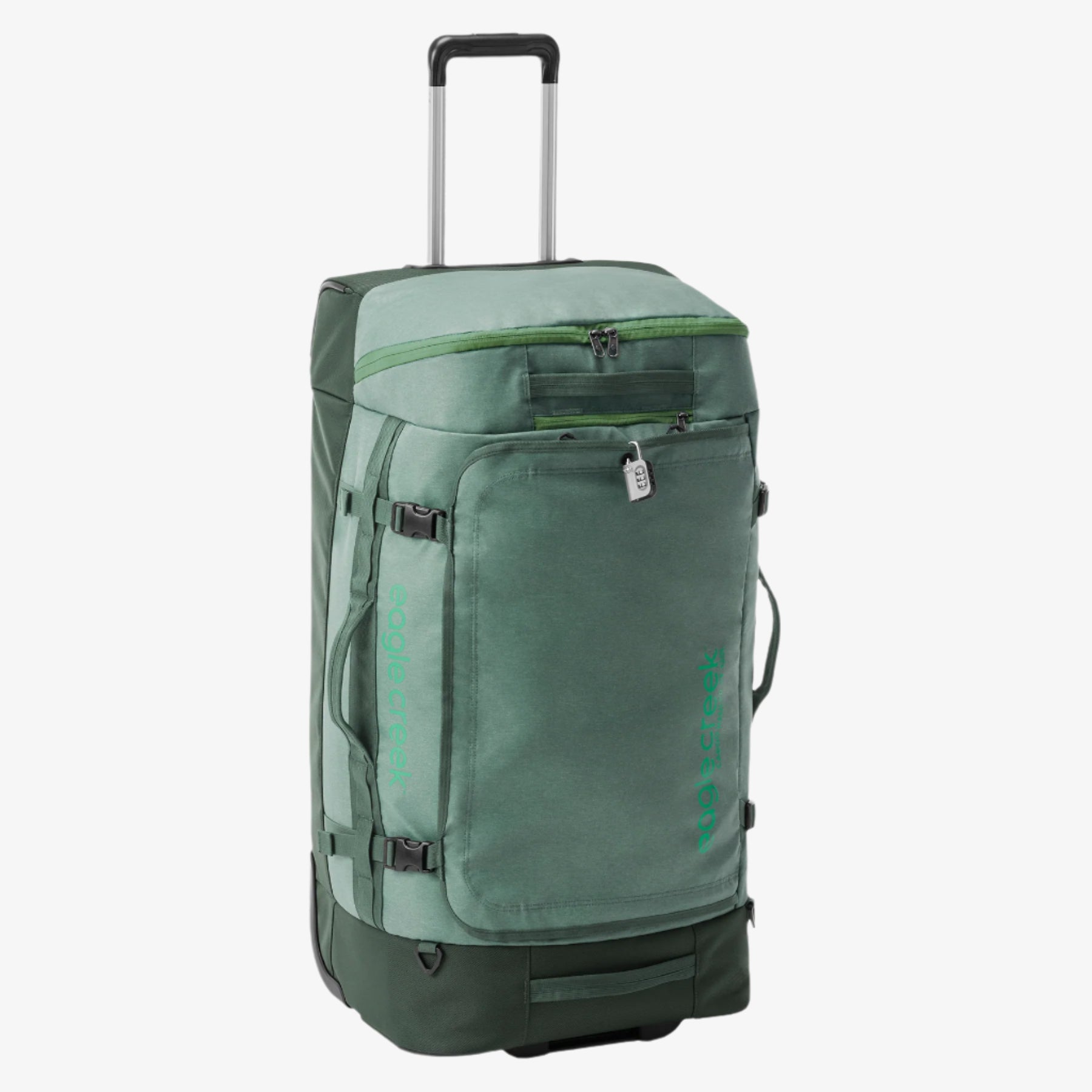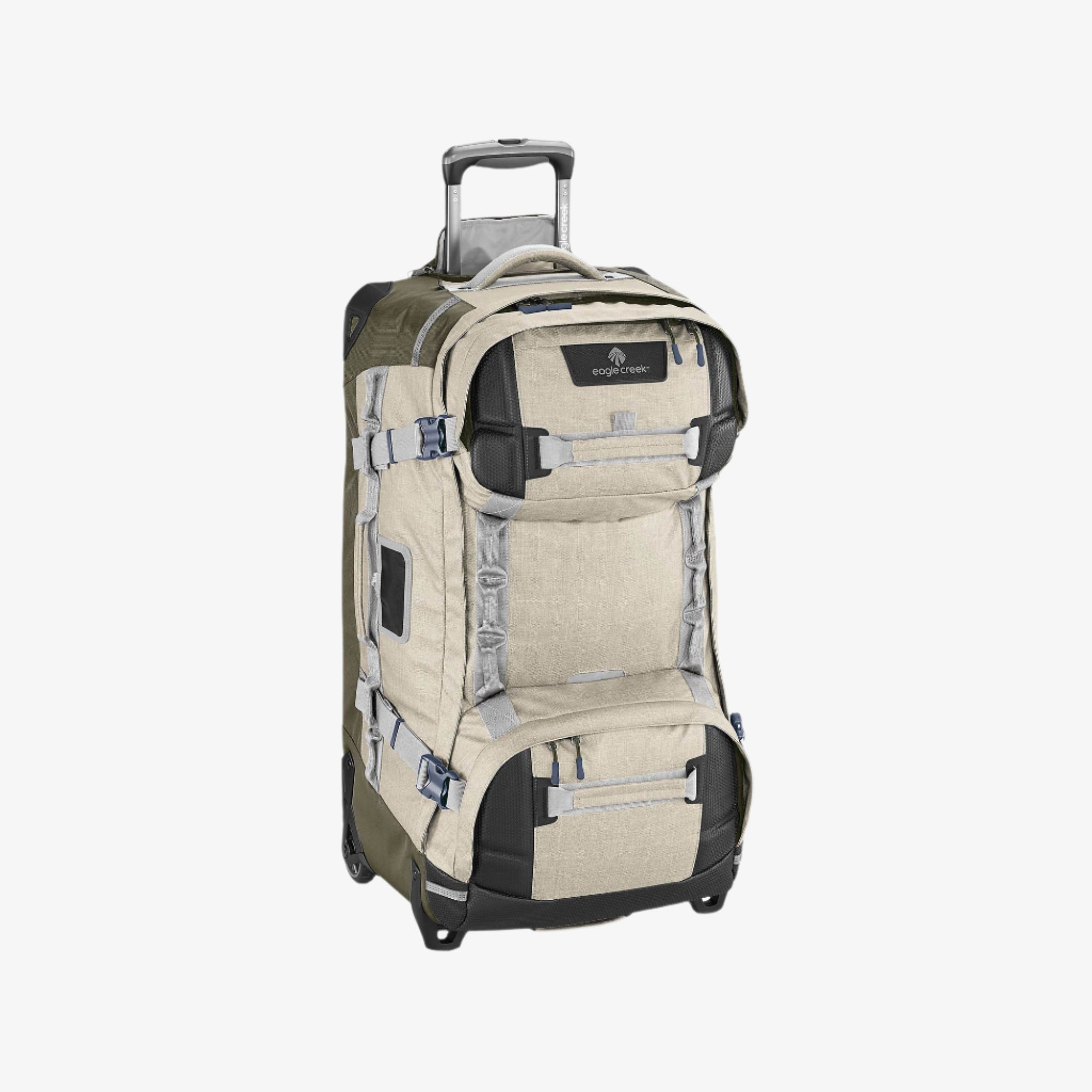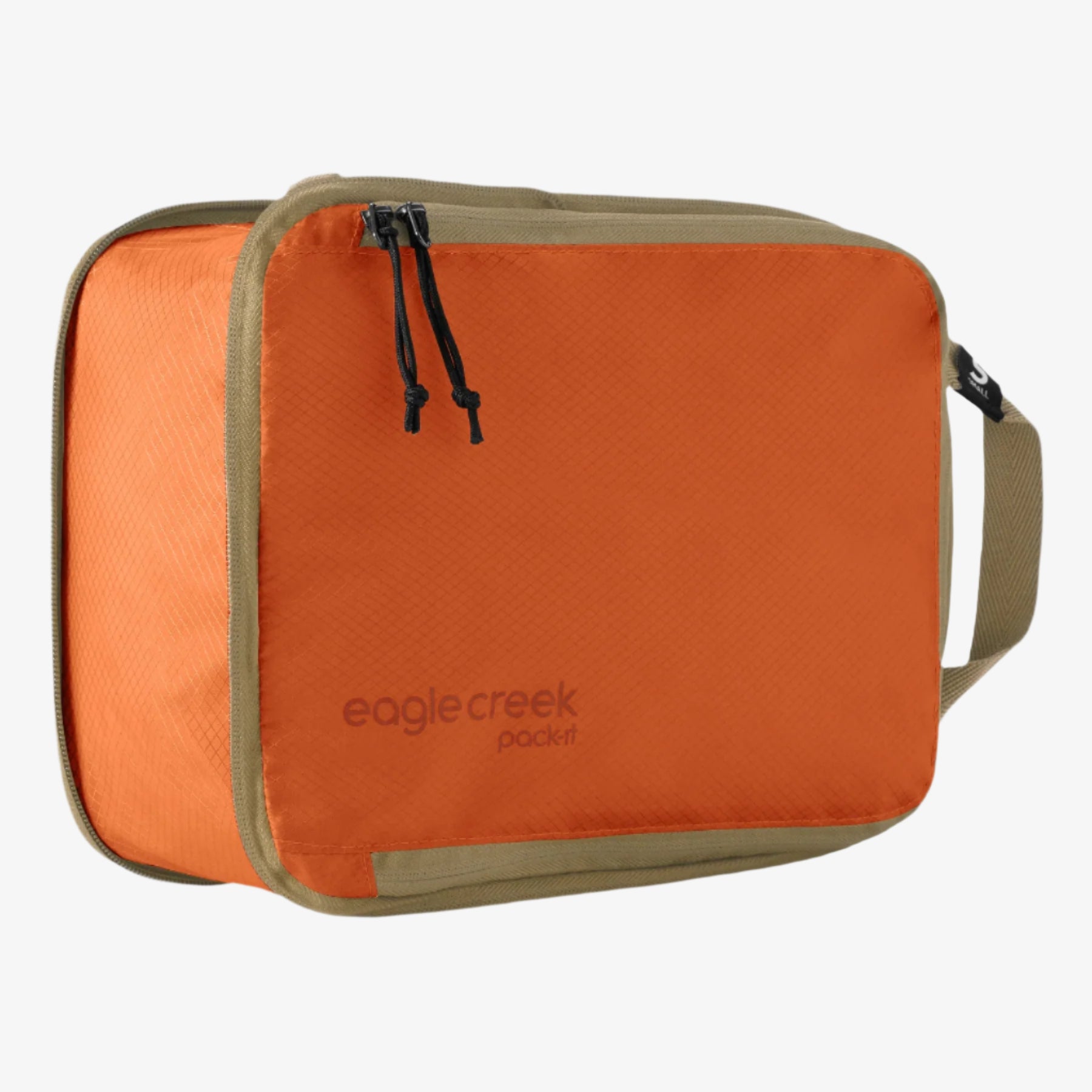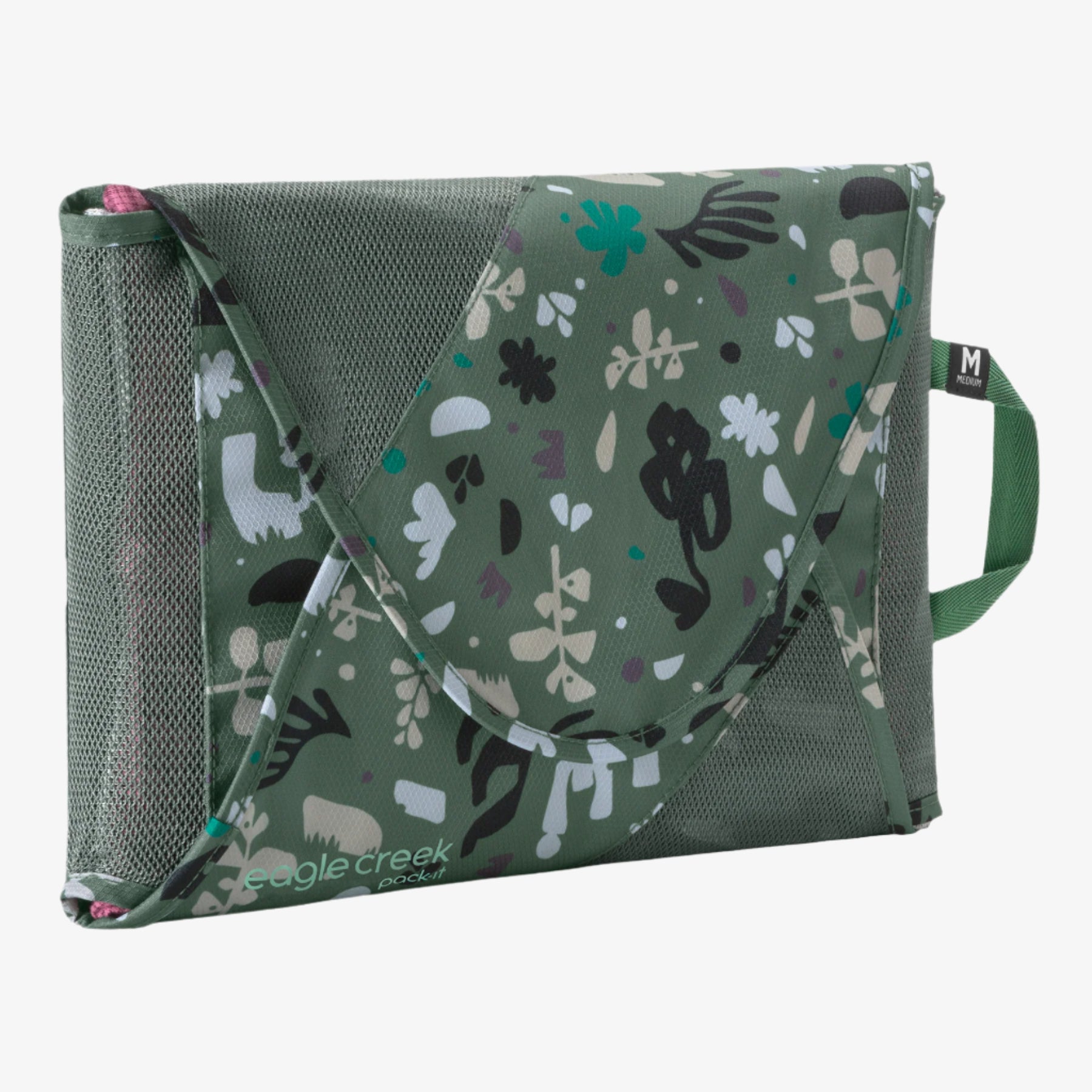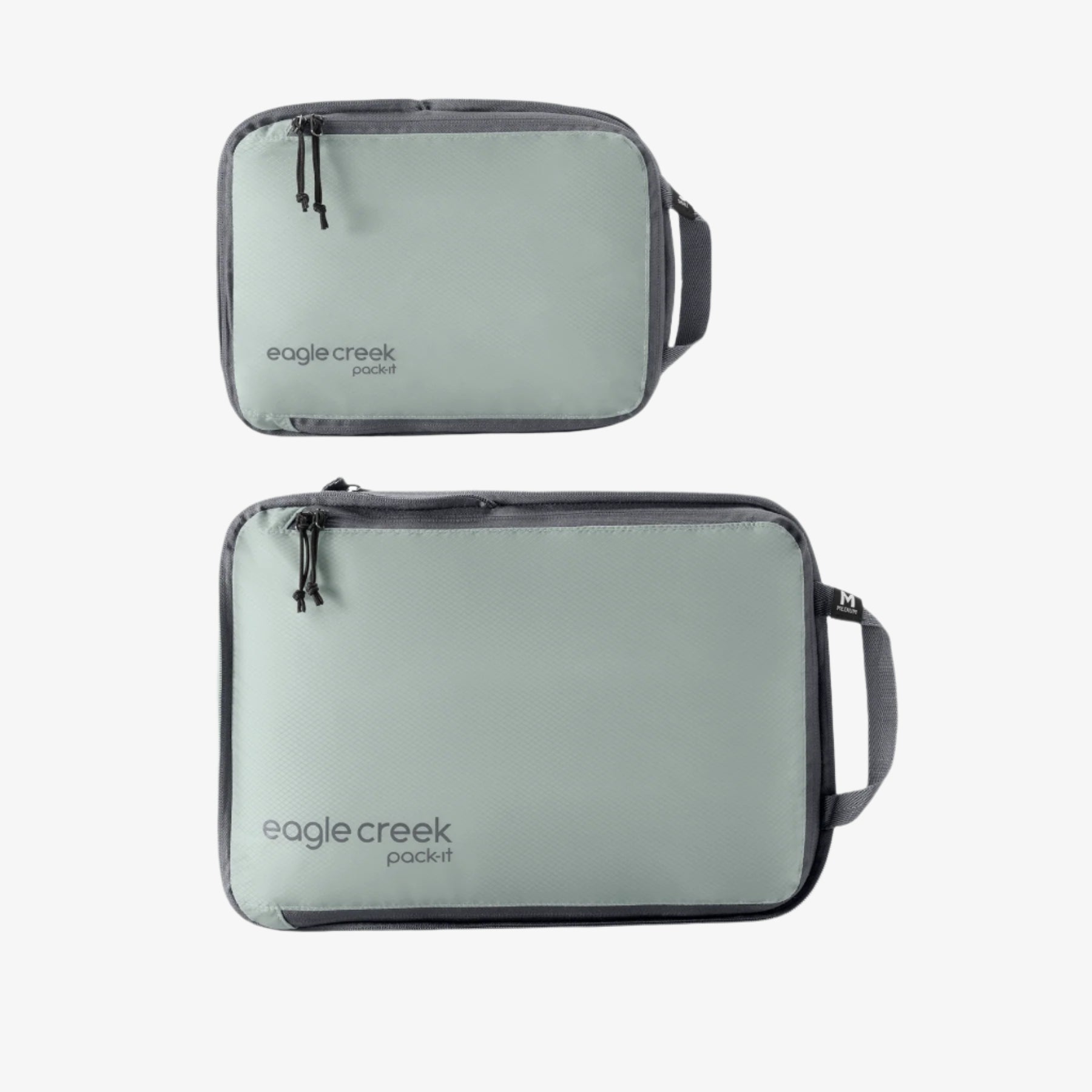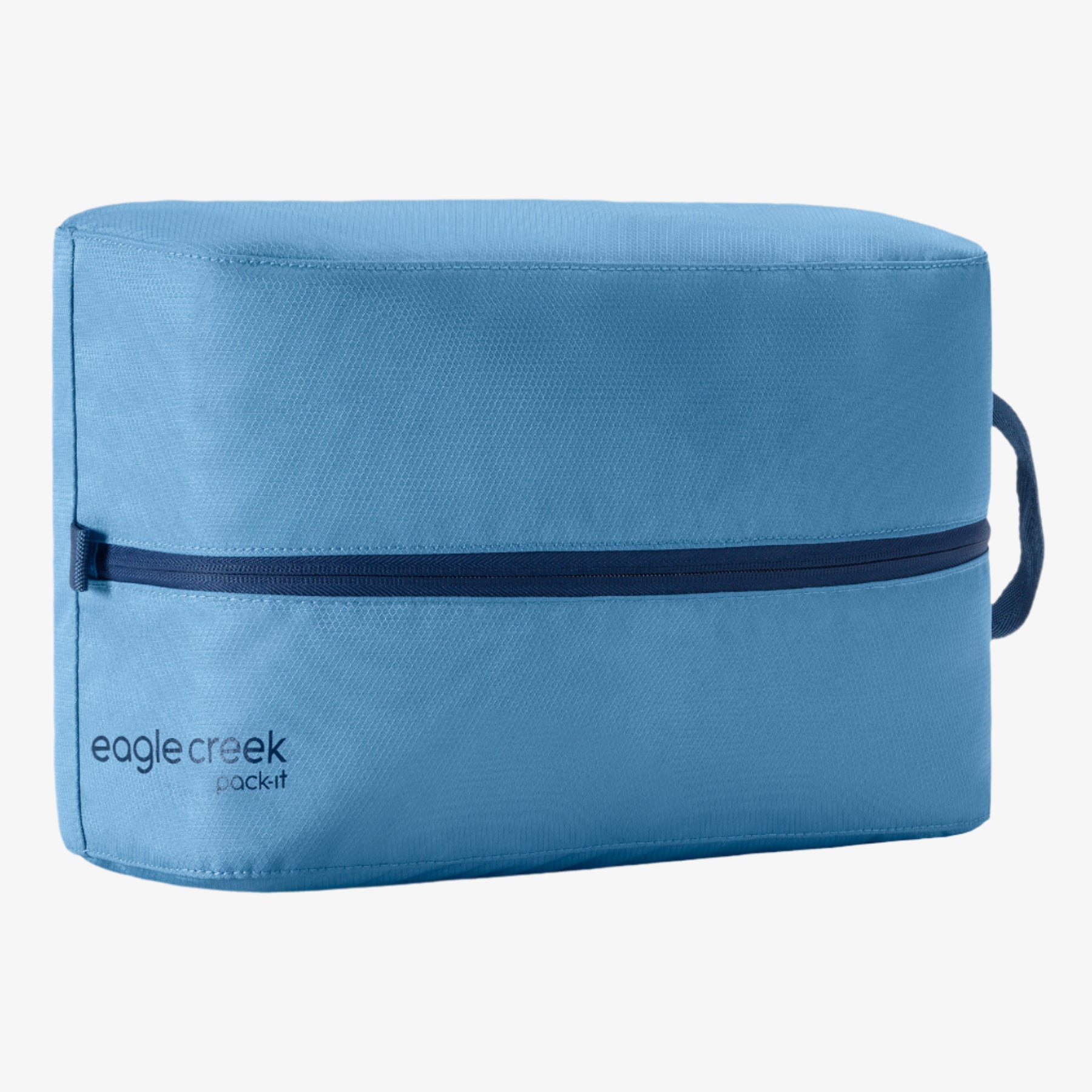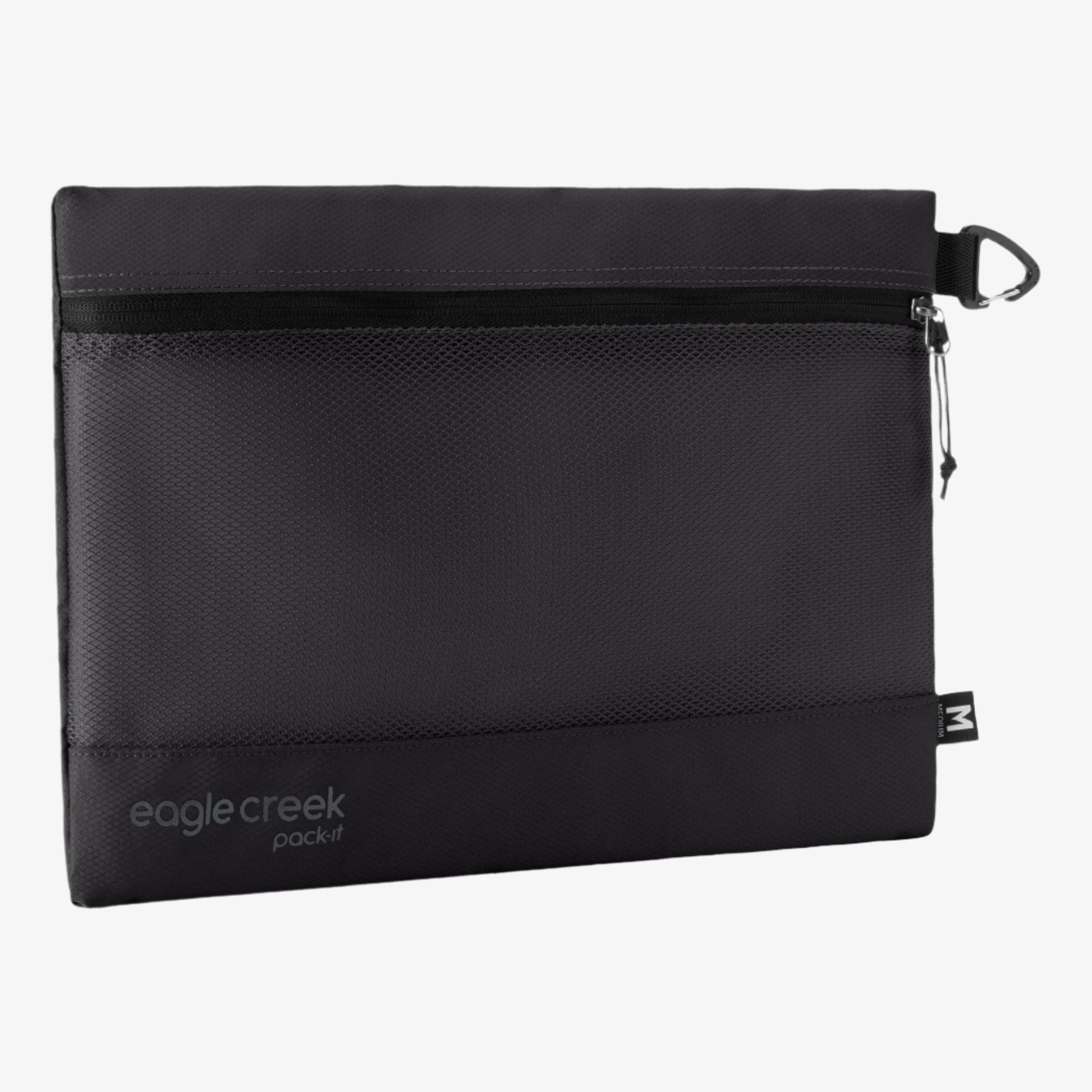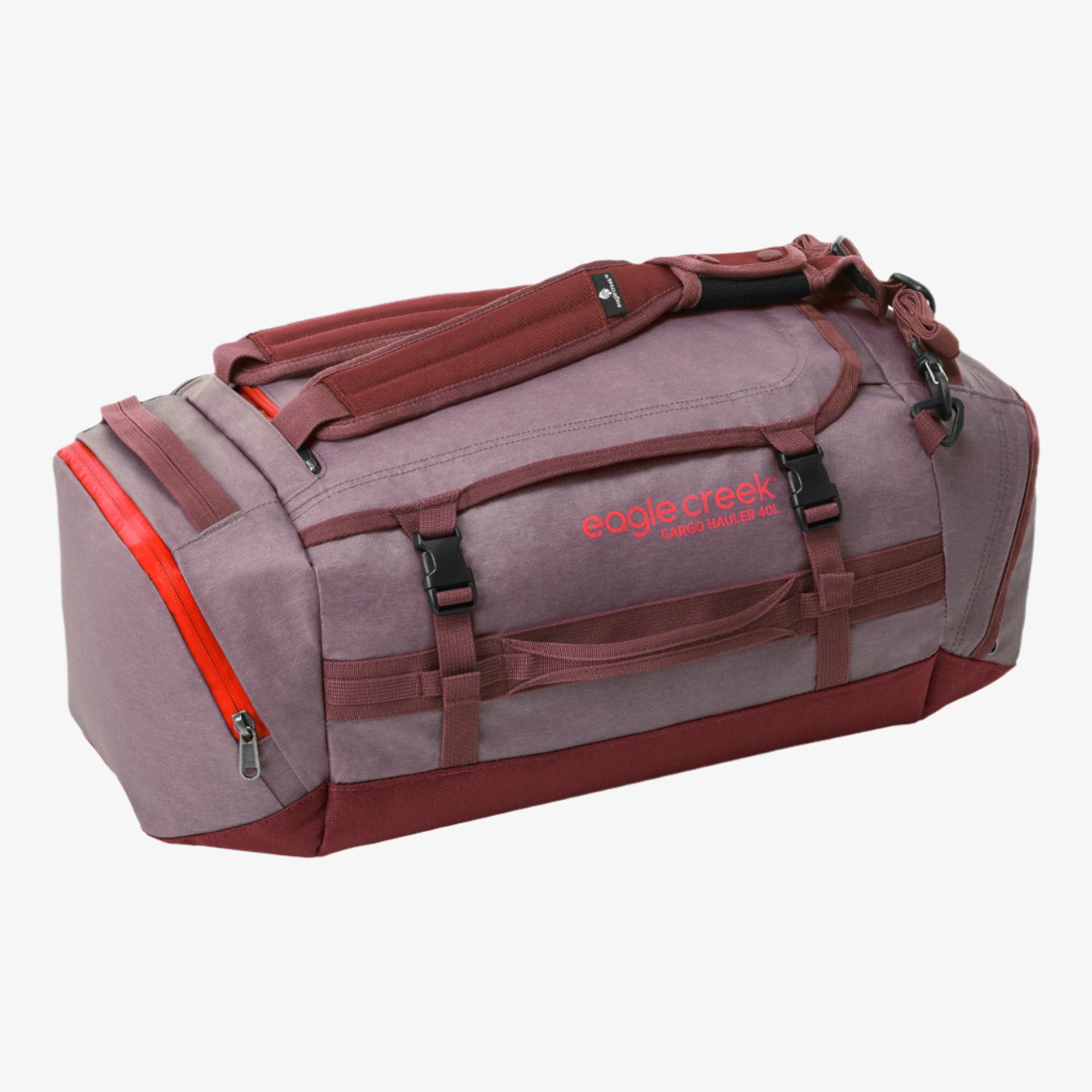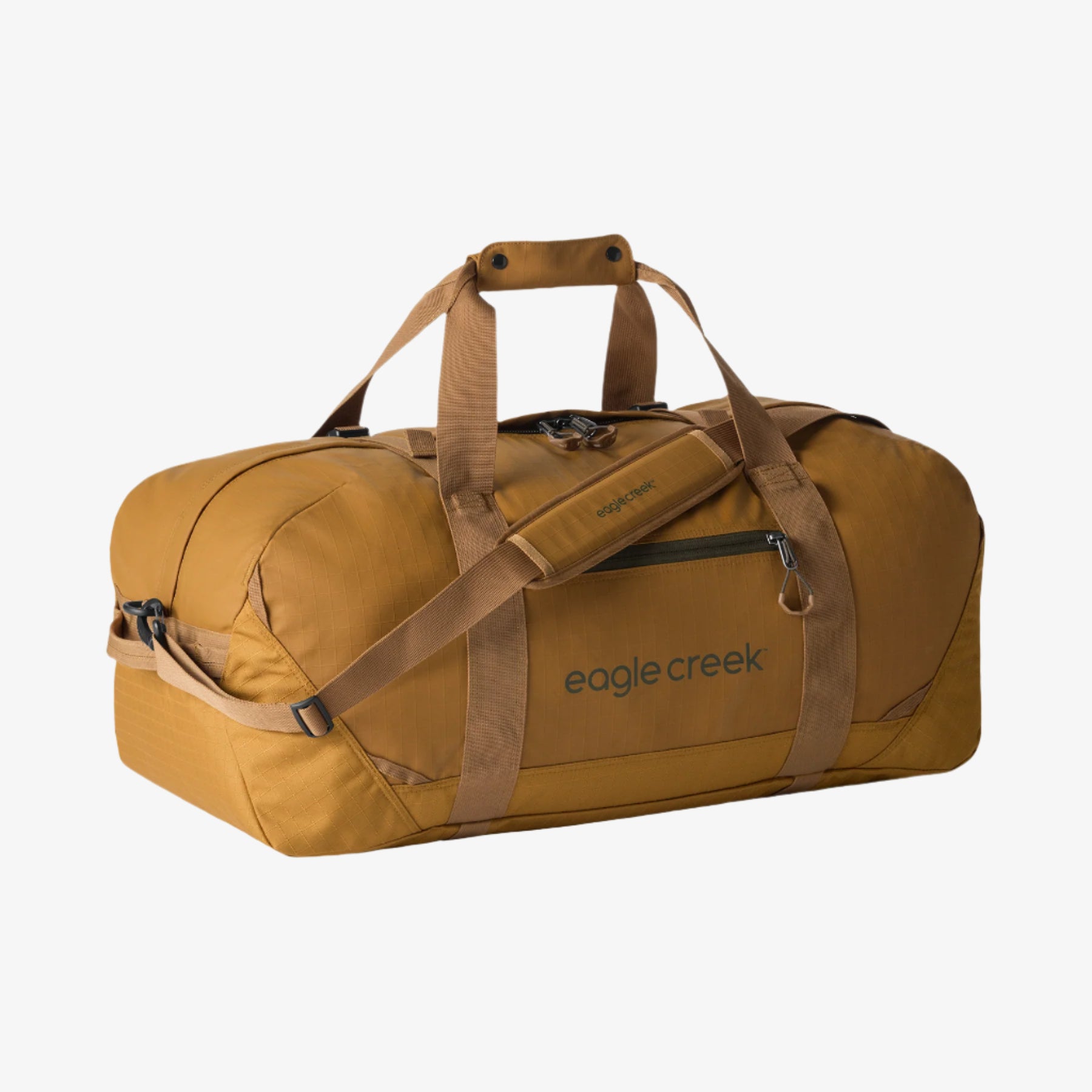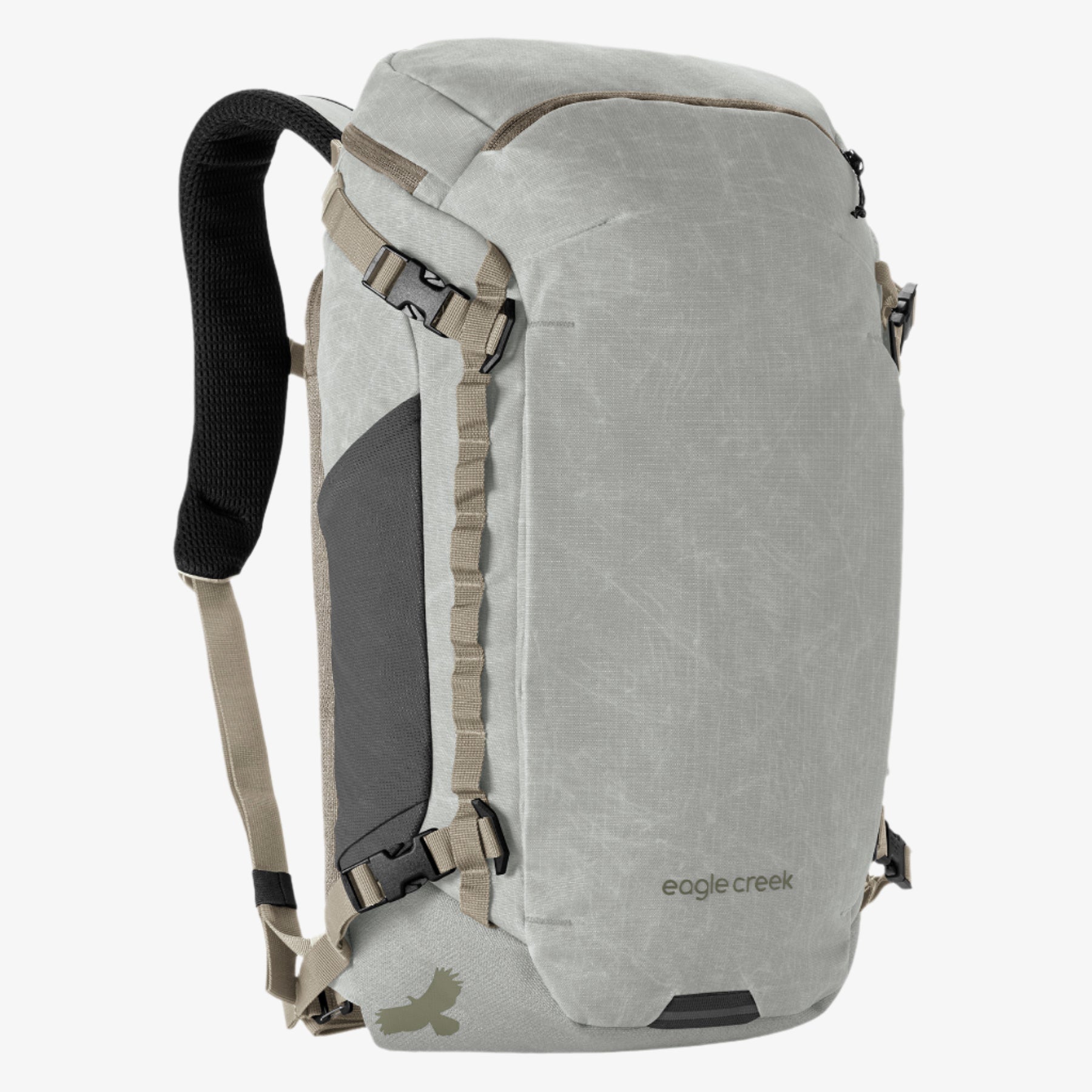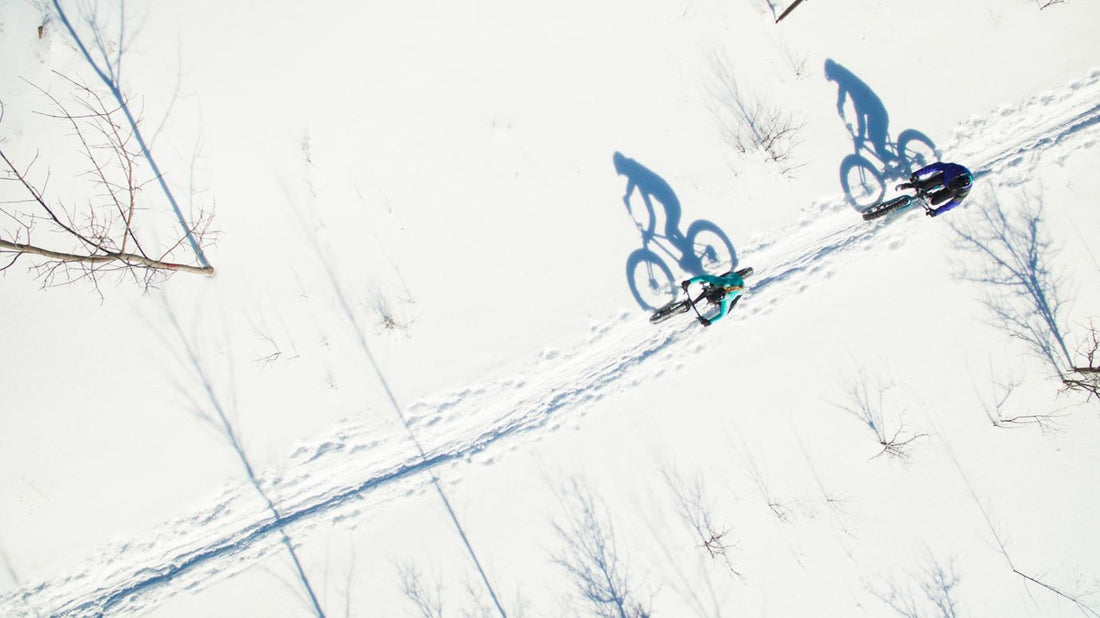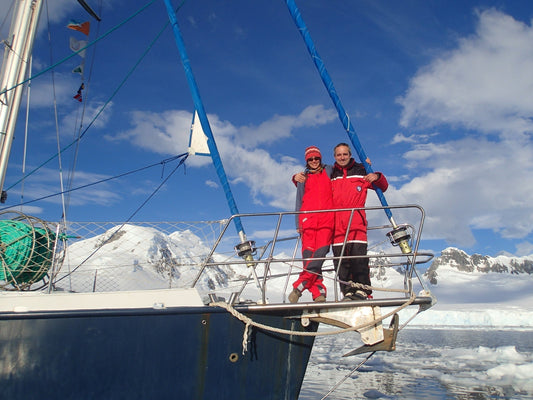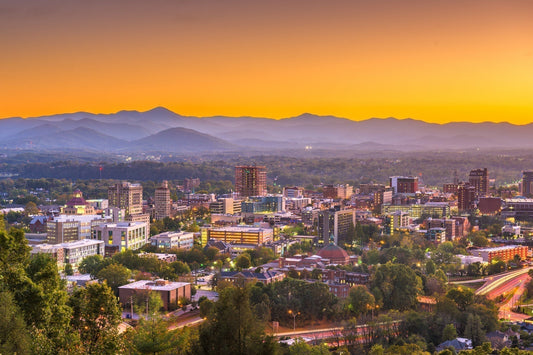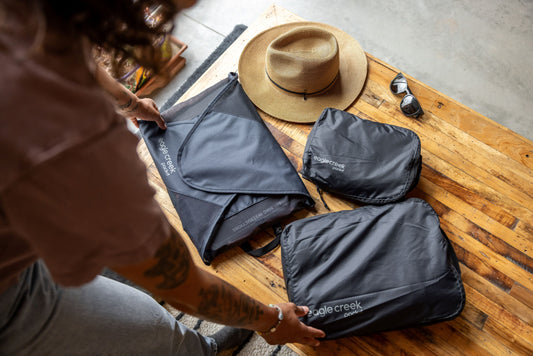
Her dad happens to be a kick-butt fat-tire biker, yet this writer has never tried it before. Read on for an adventurous rookie’s first spin as she embraces new winter-friendly ways to get outside, and connect with mother nature and her dad.
“Crap,” I gasp out loud, as I swerve and almost biff it down the steep ravine to my right.
The fat-tire bike—a loaner from my mom—wobbles under my novice handling and threatens to launch me sideways into a birch thicket below.
I’m following my dad’s bright yellow cycling jacket that flashes periodically between dense pine some 20 yards ahead. It’s a blue-bird 30-degree day (-1 ºC), and we’re winding our way down a wispy single track toward Lake Superior near my parent’s home in northern Minnesota. Five-inch rubber tires sporting aggressive tread roll over ice chunks, powder puddles, and the occasional exposed root. It’s my first fat-tire ride and after 31 years of teaching me things, my dad knows to coach a little and let experience do the rest.
Pre-ride, in our driveway, he gave me a quick tutorial on the bike, the tires, how to position my weight in the saddle and on the pedals, and ideas for braking and gear shifting. “You’ll get a feel for it,” he said, as we mounted up and shoved off.
We start on a double track trail with steep hills so I can learn to brake on snow. After that, we move to narrower, more technical terrain and I chase his yellow blazer through the forest.
Without pushing me too hard, dad shows me how to trust the fat-tire bike—and myself.
“I don’t know how else to put this,” he says, when we stop to touch base at the next trail junction, “but try to ride lightly.” I chew on his words and practice loosening up everytime I almost faceplant.
I’m out here fat-tire biking with my old man for a few reasons. First, I love spending time with him and—in the bustle of our busy lives—I’ll take as much as I can get. Second, he knows what he’s doing and he’s willing to teach me. An avid cyclist for 45 years, he added a fatty to his fleet in 2015 when the oversized-tire trend made unstable terrain like snow, sand, bogs, and mud more accessible. Third, social distancing has me searching for fresh winter-friendly ways to get outside. Though mountain cycling isn’t my forte, adventure is in my DNA (thanks, dad) and tackling new sports isn’t foreign, it’s fun. Enter: fat-tire biking—a triple win.
Each unpredictable lurch and obstacle keeps me present—especially close calls that nearly unseat me into trees and snowbanks. I tense up and squeeze the handlebars (as if that’ll somehow glue me to the saddle). Then I recall my dad’s warning to ride lightly so I relax and regain control. This happens over and over and over.
We circle around Lester Park and begin climbing the long hill home. Some sections are so steep it takes me a few tries to dump my weight backward and foster enough traction in the rear wheel to power up the incline. Unsurprisingly, my dad is a total beast on his bike. I watch in the distance as he pushes his pedals like second nature and gives me a goal to chase.
Dad’s jacket flashes into view once more. He’s waiting for me in the clearing of our final trail junction before the single track spits us out near the bottom of our street. I’m not moving fast, but sweating profusely and breathing hard nonetheless.
He breams a broad grin over his shoulder and says, “What do ya think?”
“It’s amazing,” I breathe back, laughing and gasping and wiping my runny nose. “What a rush! Counterintuitive, but I think I’m getting the hang of it.”
4 Fat-Tire Biking Tips for Newbies (from a Newbie)
Though I have a long way to go until I can call myself an expert, here are a few things my dad taught me that helped immensely as a beginner fat-tire rider.
1. Look Where You Want to Go
Instead of instinctually watching your front tire, keep your gaze fixed about ten or twenty feet ahead of you. This soothes your reaction time, helping you make less jerky corrections for a smoother ride. A low ground pressure design provides ample give in the tires so they can conquer any obstacle. Trust that and look up.
2. Brake Lightly and Often
In unstable terrain where tires can lose traction at any moment, check your speed frequently but stay light on your brake pressure. Slamming on the brakes can send you over the handlebars. Start easy, and make sure you get a feeling for slowing down without spinning out or losing control.
3. Keep Your Gear Light
Pack as light as possible—a crossbody bag or slim backpack should be enough to carry a few outdoor essentials, like water, GPS, and other necessities.
4. Ride With Someone Who Knows What They’re Doing
As with any beginner-level backcountry sport, buddy up with a friend who knows the ropes. If you get hurt or stuck or lost, you have better chances of survival. Plus, an expert-level friend will know what terrain will push your limits, and what to save for after you’ve built up experience.
Packing cubes keep your gear organized for all-things travel, from day trips to multi-night adventures. Here’s how to use packing cubes to stay sharp (and sane!) on your next trip.
Related Links (from Eagle Creek blog):
Grab Your Bicycle: 8 Great U.S. National Park Bike Trails
